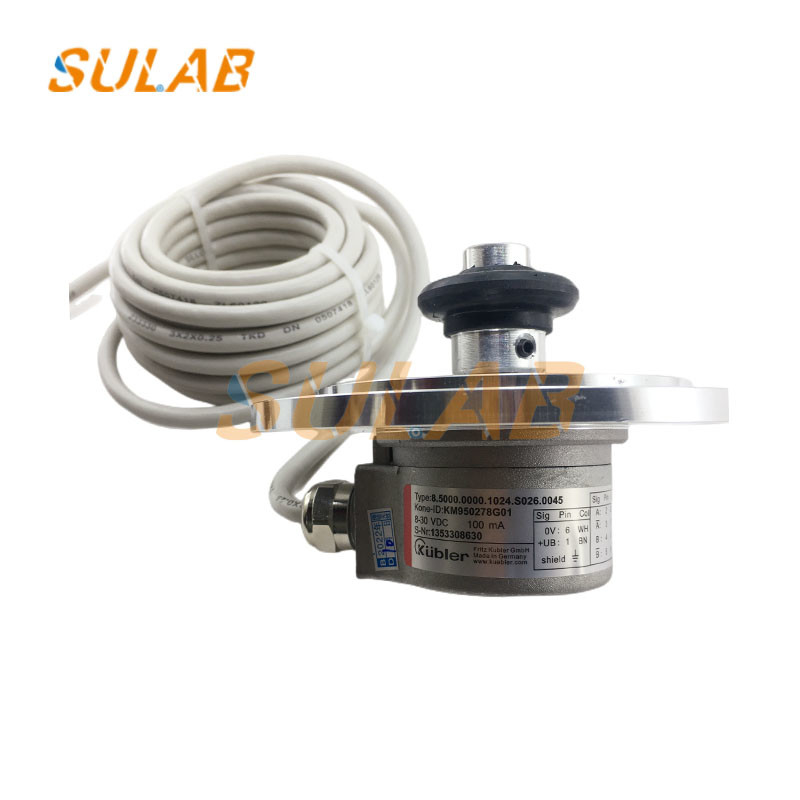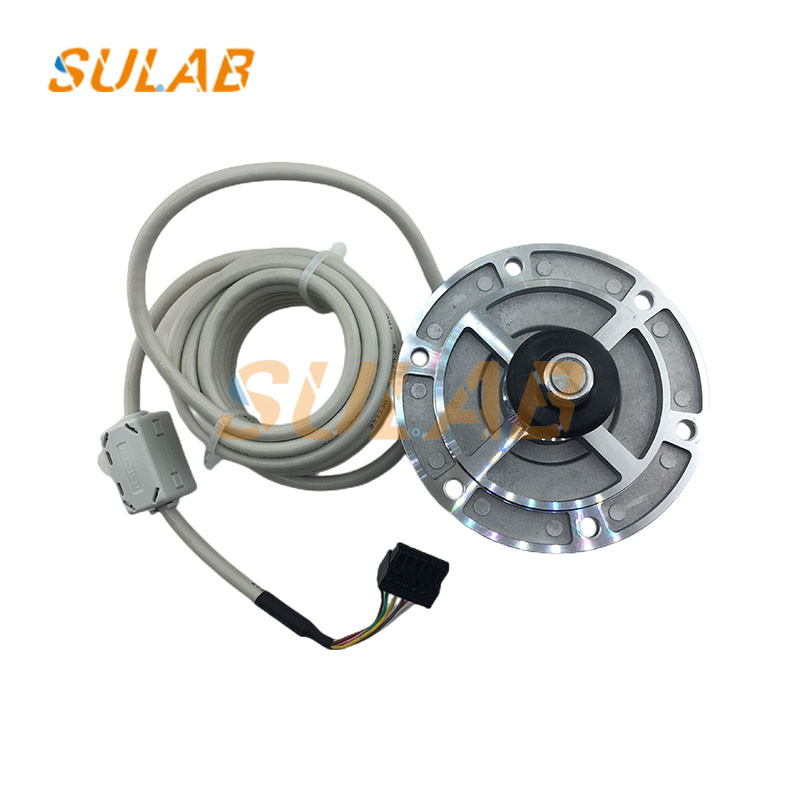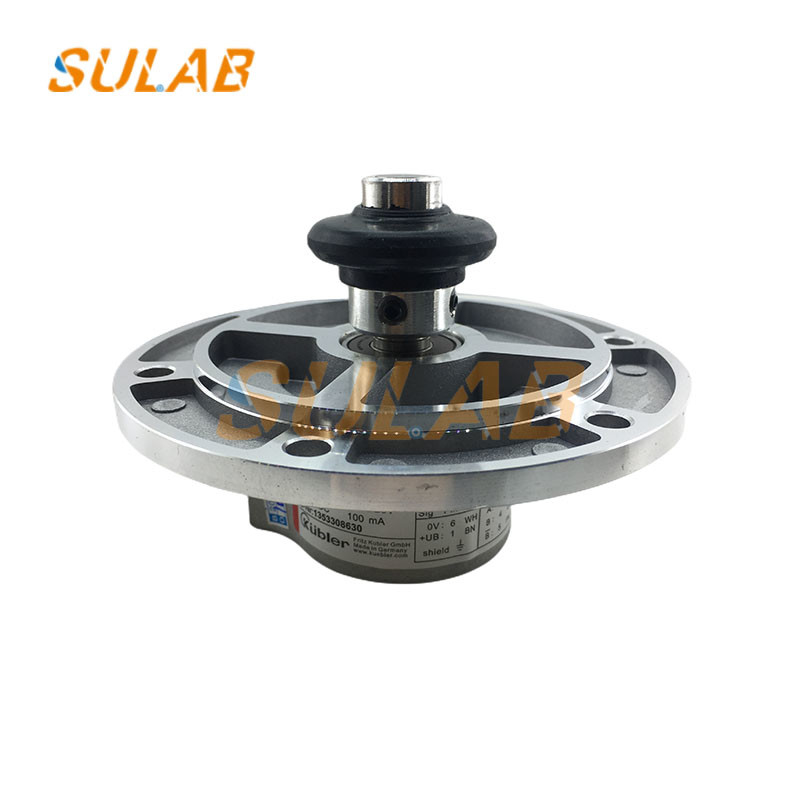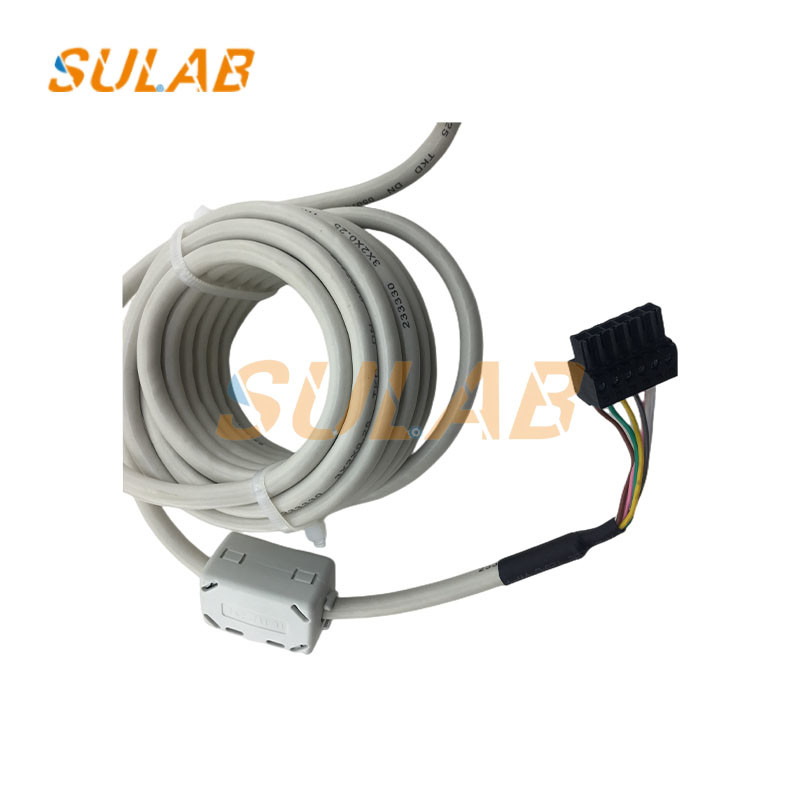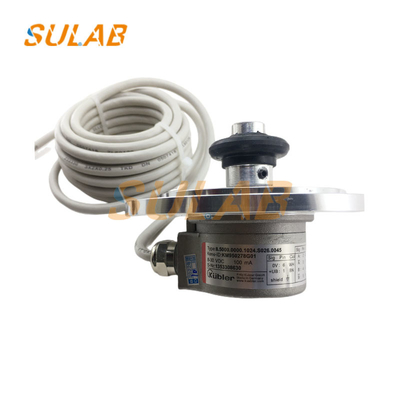
Kone Elevator Parts Rotary Kubler Encoder For Motor Traction Machine KM950278G01
-
Highlight
KM950278G01 Kone Elevator Parts
,Rotary Kubler Encoder
,Motor Traction Machine Kubler Encoder
-
Product NameRotary Encoder KM950278G01
-
Model NumberKM950278G01
-
Delivery Time2-3 Working Days
-
Supply Ability1000pcs Per Month
-
After-Sale ServiceOnline Technical Support
-
TypeElevator Parts
-
Suitable ForElevator
-
WarrantyOne Year
-
MOQ1PC
-
TransportionTNT, UPS, DHL, Fedex, Air, Sea
-
ApplicableElevator
-
PackagesCarton, Wooden Case, Pallet Etc
-
Delivery TimeNormally 2-3 Working Days After Payment
-
Payment MethodCompany Bank, Western Union, Alibaba, Paypal Etc
-
BrandSulab
-
DescriptionElevator Parts
-
ModelFB-9B
-
Place of OriginChina
-
Brand NameSULAB
-
Model NumberKM950278G01
-
Minimum Order Quantity1
-
Packaging DetailsCarton
-
Delivery Time2-3 working days
-
Payment TermsCompany Bank, Western union, alibaba, Paypal etc
-
Supply Ability1000pcs per month
Kone Elevator Parts Rotary Kubler Encoder For Motor Traction Machine KM950278G01
Details for Kone Elevator Parts Rotary Kubler Encoder For Motor Traction Machine KM950278G01
| Description | Rotary Encoder |
| Part No. | KM950278G01 |
| MOQ | 1PC |
| Transportion | TNT, UPS, DHL, Fedex, Air, Sea |
| Applicable | Elevator |
| Packages | Carton, Wooden case, Pallet etc |
| Delivery Time | Normally 2-3 working days after payment |
| Warranty | One year |
| Payment Method | Company Bank, Western union, alibaba, Paypal, Personal bank etc |
Pictures for Kone Elevator Parts Rotary Kubler Encoder For Motor Traction Machine KM950278G01
![]()
X = Arctan(Sin(X)/Cos(X))
According to the real-time amplitude of the sine and cosine signals, the exact position (electrical angle) of the encoder within the sine and cosine period at this moment can be determined through Arctan calculation. Depending on the resolution of the analog-to-digital AD conversion and the quality of the sin-cos signal, each sin-cos cycle can usually be subdivided into 212 to 214 steps. The number of sine and cosine cycles per revolution of the encoder itself, multiplied by the number of subdivision steps of each sine and cosine cycle, constitutes the total resolution per revolution of the sine and cosine encoder after subdivision.
